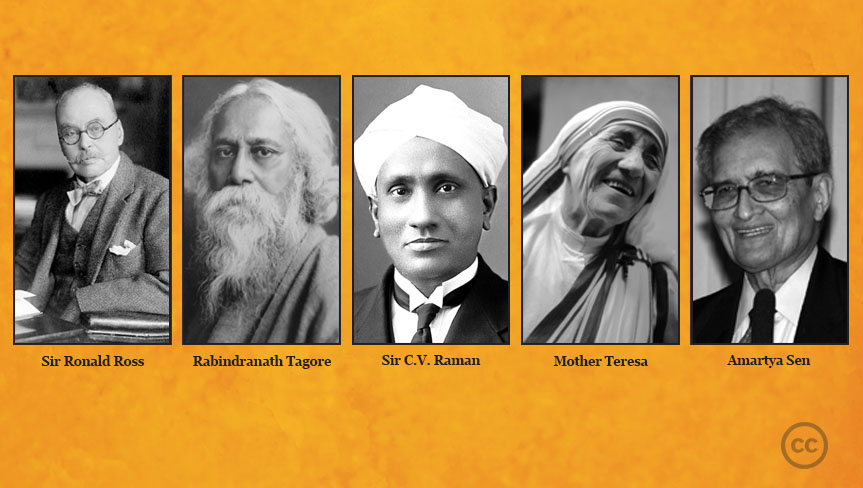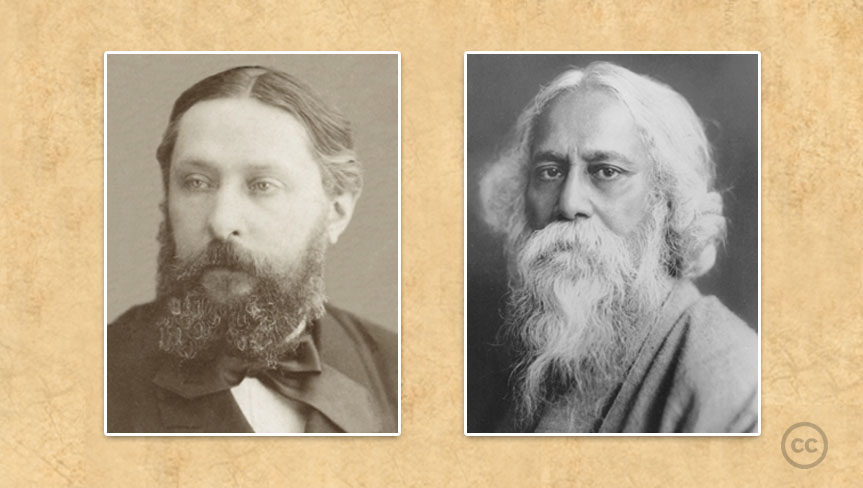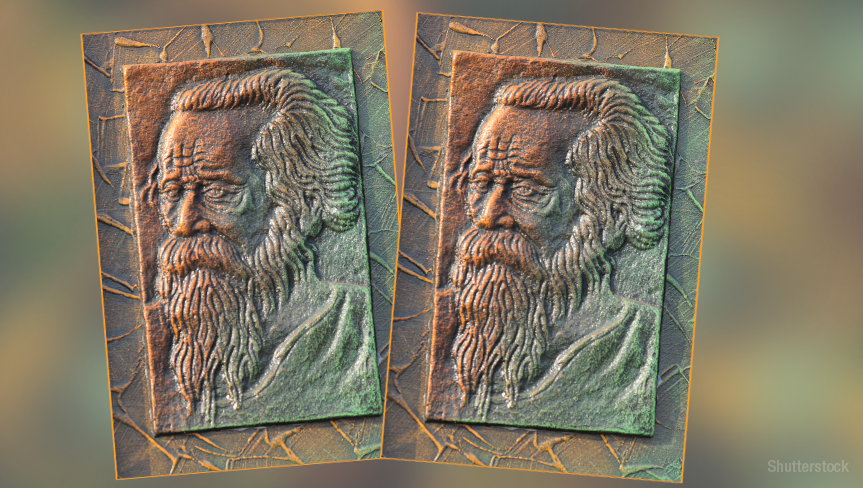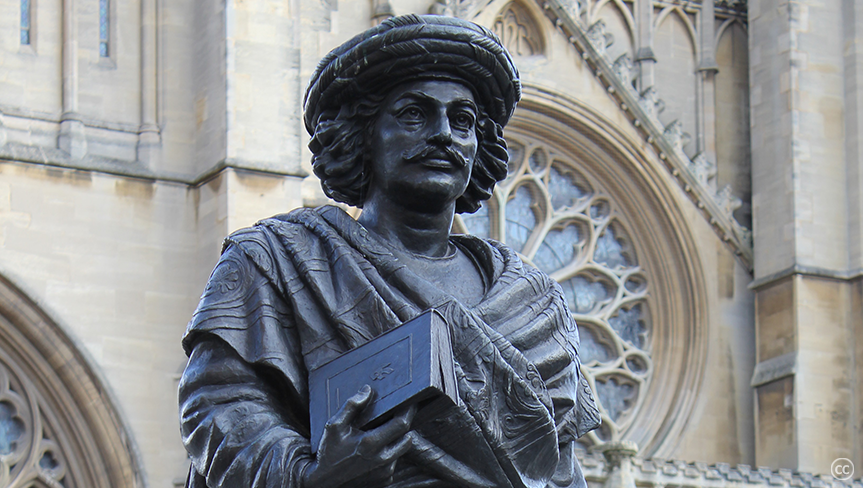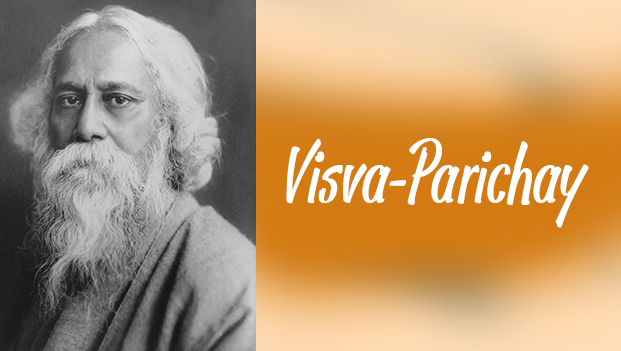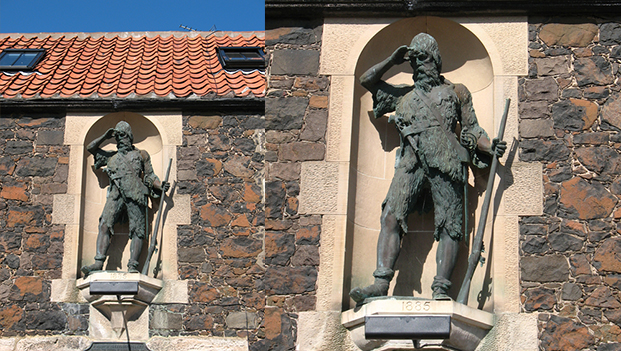25th April 2016
Tagore started painting in 1924, at the age of 63. He was surrounded by exponents of visual arts, and so he always wanted to be a painter. The doodles in his various manuscripts and corrections made in an artistic way bear testimony to his intention and efforts. His first exhibition of paintings in Paris was organized by the Argentine writer Victoria Ocampo. Later the exhibition moved to Birmingham, London, Berlin, Munich, Dresden, Copenhagen, Geneva, Moscow, Boston, New York and Philadelphia.
∼ Continue Reading ∼
• • •
